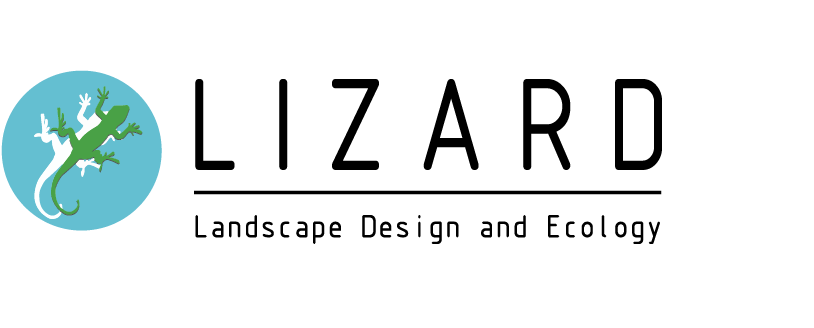Why Ecologists Should Prevent Crayfish from Becoming Extinct
Although crayfish may not automatically spring to mind when you think of important endangered animals in the UK ecosystem, they have a surprising amount of vital roles. This blog aims to demonstrate those key roles and explain ways in which you may be able to help prevent their extinction as ecologists do!
Why are Crayfish an Endangered Species?
The British government has outlined that Crayfish are in real danger of becoming extinct in the UK. This is because the only native freshwater crayfish in the UK are the rare white-clawed crayfish, which are particularly vulnerable to the American signal crayfish because they spread the crayfish disease and compete with them for food. After the more aggressive signal crayfish population spread across the nation, they have struggled to survive. You can read more about this here. Their numbers have been declining critically over the last decade and it is estimated between 50-80% of their European population has decreased. The Crayfish plague is so deadly it has a 100% mortality rate for them and if the water mould reaches the area of land where water collects when it rains (known as the upper catchment of a river), an entire population of crayfish can be eliminated within just weeks.
Ecological Management of Crayfish
It is crucial to prevent the extinction of Crayfish as they are a food source for other animals and their decline disrupts natural food chains. Their population also acts as an indicator of whether our waters are clean or not, if Crayfish cannot survive in them then there is a high chance other ecosystems will be affected. After much ecological assessment, scientists have started a breeding programme to increase their population. The South West White Clawed Crayfish Conservation Group is managing this programme.
How can you Think like an Ecologist?
There are a few ways you can help stop the spread of the Crayfish Plague
Follow the Check, Clean and Dry protocol - Before entering a body of water consider whether you have washed your fishing gear or footwear after a walk. Everything that comes into contact with the riverbed or water should be cleaned and then dried for at least 48 hours as this will kill the bacteria. If for whatever reason you cannot do this you should use an aquatic disinfectant that is safe for the environment.
Educate yourself - Learning about aquatic pathogens and invasive species can help you to learn the consequences if these make contact with a body of water to the ecosystems it is home to.
We Aim to Help you Make the Right Ecological Assessments
Although we aim to make your landscape designs become a reality we don’t want to do this at the expense of our ecosystems. At Lizard Landscape Design we have an ecological management team who can help you to make the right decisions. We know between July and October is the optimal time for Crayfish assessments to make these decisions as informed as possible, however, we have a lot of prior knowledge and experience, so please don’t hesitate to contact us to ask questions about how we go about these ecological assessments!

